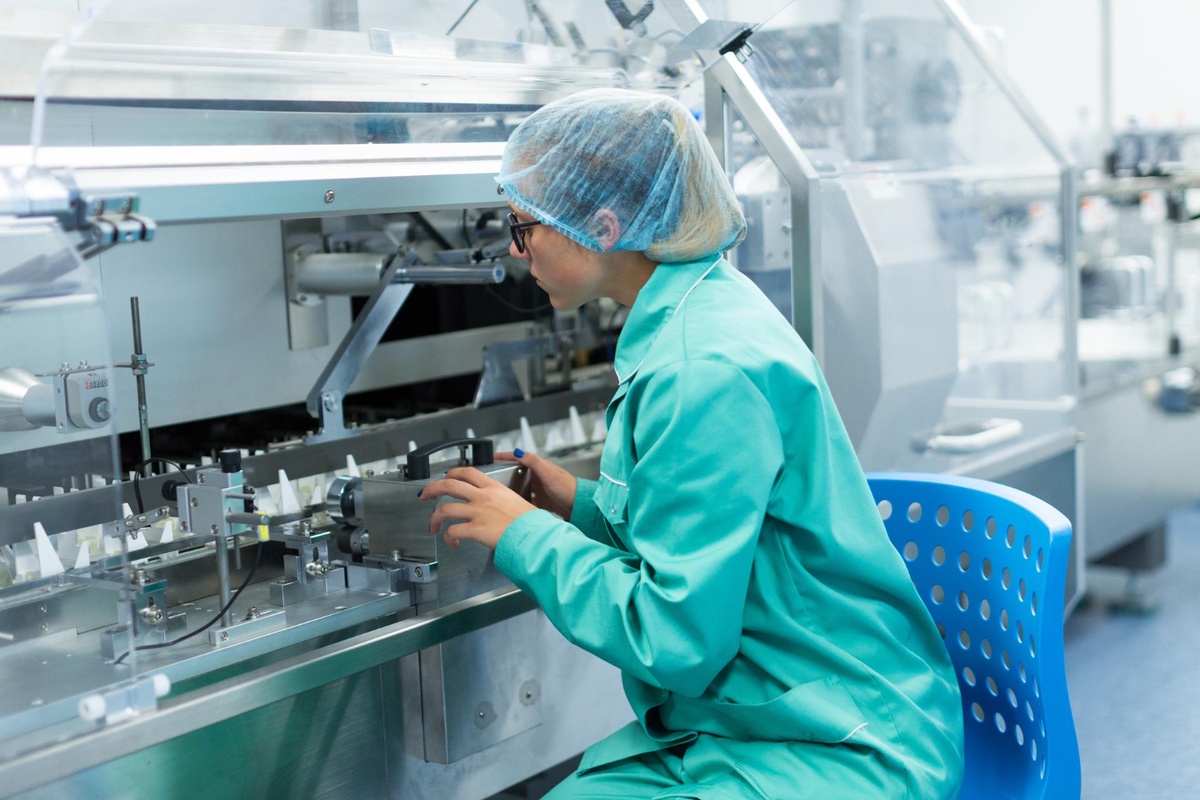Plastic injection tooling forms the cornerstone of various industries, including consumer electronics, medical equipment, and automotive components. Ensure efficient and high-quality production, it is crucial to focus on two fundamental aspects: materials and design.
Investing in High-Quality Materials:
Begin your journey by selecting top-tier materials such as hardened steel or aluminum alloys. These materials offer exceptional durability and withstand wear and tear. Ensure consistent part production over extended periods. Remember, opting for cheaper materials often leads to costly downtime and compromises in quality.
Plastic injection molding is a widely used manufacturing process for producing plastic parts of various shapes and sizes. The versatility of injection molding lies in its ability to work with a wide range of materials, each offering unique properties suited for different applications. Let's discuss some of the most popular injection molding materials along with their properties to help you choose the correct material for your project.
- Polyethylene (PE):
- Properties: Polyethylene is known for its excellent chemical resistance, flexibility, and low cost. It's available in different grades including low-density polyethylene (LDPE) and high-density polyethylene (HDPE).
- Applications: Packaging, containers, toys, and household products.
- Polypropylene (PP):
- Properties: Polypropylene offers high chemical resistance, stiffness, and good impact strength. It's also lightweight and has a relatively low melting point.
- Applications: Automotive parts, appliances, packaging, and medical devices.
- Acrylonitrile Butadiene Styrene (ABS):
- Properties: ABS combines the strength and rigidity of acrylonitrile and styrene with the toughness of polybutadiene rubber. It has good impact and heat resistance, and can be easily painted or glued.
- Applications: Automotive components, electronics, toys, and consumer goods.
- Polycarbonate (PC):
- Properties: Polycarbonate is transparent, highly impact-resistant, and has good heat resistance. It also exhibits excellent dimensional stability and electrical insulation properties.
- Applications: Transparent parts, safety helmets, automotive components, and electrical enclosures.
- Polyethylene Terephthalate (PET):
- Properties: PET is a clear, strong, and lightweight material with good chemical resistance. It is commonly used for its excellent barrier properties against moisture and gasses.
- Applications: Bottles for beverages, food containers, and packaging trays.
- Polyamide (Nylon):
- Properties: Nylon offers high strength, toughness, and good abrasion resistance. It also has low friction properties and is resistant to oils and solvents.
- Applications: Gears, bearings, bushings, automotive parts, and textiles.
- Polyvinyl Chloride (PVC):
- Properties: PVC is known for its excellent chemical resistance, durability, and flame retardancy. It can be formulated to be rigid or flexible depending on the application.
- Applications: Pipes, fittings, profiles, cables, and flooring.
- Polystyrene (PS):
- Properties: Polystyrene is lightweight, rigid, and offers good dimensional stability. It's available in different forms including general-purpose polystyrene (GPPS) and high-impact polystyrene (HIPS).
- Applications: Packaging, disposable cutlery, insulation, and consumer goods.
- Polyurethane (PU):
- Properties: Polyurethane can be formulated to be rigid or flexible with varying degrees of hardness. It offers excellent impact resistance, abrasion resistance, and chemical resistance.
- Applications: Foam seating, automotive interiors, footwear, and industrial parts.
Designing for Manufacturability (DFM):
Design plays a pivotal role in the success of your injection molding process. Prioritize designs that minimize undercuts, incorporate proper draft angles, and avoid sharp corners. By doing so, you facilitate smooth ejection and prevent warpage and stress cracks, and prolong mold life. Think of it as laying a strong foundation for seamless production.
Minimize Undercuts: Complex features like undercuts can trap molten plastic, hindering ejection and potentially damaging the mold. Simplify designs to streamline the manufacturing process.
Incorporate Proper Draft Angles: Draft angles are akin to greasing the pan before baking a cake; they enable effortless part release, reducing the risk of defects and ensuring consistent quality.
Avoid Sharp Corners: Rounded edges not only enhance aesthetics but also distribute stress more evenly, extending the lifespan of your molds. Smooth transitions are key to achieving high-quality, defect-free parts.
Science Meets Art: Optimizing the Process
Injection molding is a blend of science and art. Embrace scientific molding principles by meticulously monitoring variables like temperature, pressure, and fill speed. By fine-tuning these parameters, you orchestrate a symphony of elements to achieve maximum efficiency and part quality. It's akin to conducting an orchestra, where precision and harmony are paramount.
The Journey Never Ends: Embracing Continuous Improvement
Excellence is not a destination; it's a journey. Foster a culture of continuous improvement within your organization by encouraging feedback from operators and technicians. Embrace every opportunity to refine processes and enhance efficiency. Remember, even small optimizations can yield significant improvements in your bottom line and customer satisfaction.
Conclusion
Investing in high-quality materials and designing for manufacturability are two fundamental pillars for successful injection molding process. By selecting the right materials and optimizing design considerations, coupled with meticulous attention to process parameters, manufacturers can ensure efficient production and consistent quality. Continuous improvement is key to staying ahead in this dynamic industry.


Comments (1)